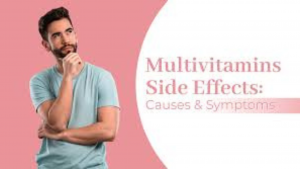Let’s Start with the Big Question
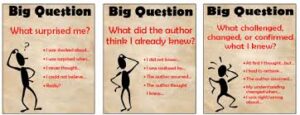
When patients first hear about drug gabapentin, the most common question is: “Gabapentin is for what?” You know what? That’s not a throwaway question—it’s a smart one. If you’re going to take a pill, you deserve to know exactly what it does.
Here’s the thing: gabapentin isn’t just for one single purpose. It’s a nerve-soother that doctors use for several conditions—nerve pain, seizures, and even restless leg syndrome or anxiety. That broad range can make people feel confused. If a drug does so many different things, how does it really work?
And honestly, patients don’t stop at that first question. They want to know the difference between gabapentin 100mg and gabapentin 300mg, whether side effects will make them groggy, and if it’s safe to take gabapentin alongside herbal remedies. At www.evaluatemymeds.com, we hear these concerns every day. That’s why this article pulls together the answers in plain language.
Gabapentin Uses: Why Doctors Prescribe It
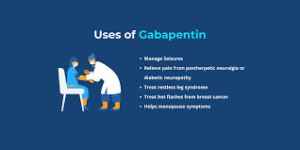
So back to the key question: “Gabapentin is for what?” or “Gabapentin for what in my case?” The answer depends on your health situation, but the common thread is that gabapentin calms down overactive nerves.
Main Gabapentin Uses
-
Nerve pain (neuropathy): Burning, stabbing, or tingling pain caused by diabetes, shingles, or nerve injury. Over-the-counter painkillers often fail here, but gabapentin helps because it targets nerve activity itself.
-
Seizures: In epilepsy treatment, gabapentin steadies electrical signals in the brain. It’s usually prescribed alongside other medications.
-
Off-label uses: Doctors also use it for migraines, restless leg syndrome, hot flashes, or anxiety when other treatments haven’t worked.
Let me explain it this way: gabapentin is like a volume knob for the nervous system. When nerve signals get too loud, it turns them down so your body can function more comfortably.
For a deeper dive into medication review and safety, visit our Medication Review Service page.
A Quick Aside: Why Clarity Matters
Honestly, patients don’t want to hear only technical terms like “anticonvulsant.” What they really want to know is: Will this make my pain better? Will it help me sleep? That’s why we at www.evaluatemymeds.com focus on plain explanations. It helps patients feel safe and confident.
Dosage Questions: Gabapentin 100mg vs. Gabapentin 300mg
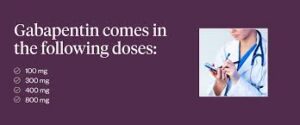
Here’s the thing—patients see gabapentin 100mg on their bottle and think, “Is this the weak version?” Others see gabapentin 300mg and worry it’s too strong.
But it’s not about strong versus weak—it’s about building up gradually.
-
Gabapentin 100mg: Often the starting point. Doctors like to ease patients in to reduce side effects like dizziness.
-
Gabapentin 300mg: Prescribed once your body adjusts. For many, this is the effective working dose.
Think of it like running. You don’t start with a marathon. You begin with shorter distances and build stamina. Gabapentin works the same way—your dose increases as your body learns to handle it.
If you want to compare doses with other medications safely, check our Drug-Herb Interaction Guide.
How Gabapentin Works: Turning Down the Static
Imagine your nerves are phone lines. Normally, calls go through clearly. But sometimes, wires get crossed and signals overload, sending too many messages to your brain. That’s when you feel nerve pain or have seizures.
Drug gabapentin attaches to calcium channels in nerve cells. By doing so, it calms down the flow of signals, kind of like a surge protector for your nervous system.
Here’s the thing: gabapentin doesn’t work instantly. For some patients, results show up in a few days; for others, it takes weeks. Patience is part of the process.
Side Effects: What to Expect
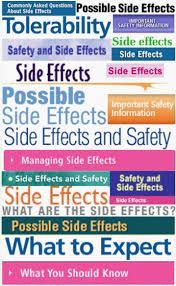
Patients often worry: “Will gabapentin make me too tired? What if I can’t focus at work?”
Common side effects include:
-
Sleepiness or fatigue
-
Dizziness or wobbly balance
-
Swollen feet or ankles
-
Blurred vision
-
Tremors
The good news? Many fade after a week or two. That’s why most doctors start with gabapentin 100mg before moving to gabapentin 300mg. If symptoms linger, talk with your provider about adjusting the dose.
At www.evaluatemymeds.com, we encourage patients to track their side effects in a journal. This makes it easier for doctors to fine-tune your dose.
Herbs and Gabapentin: Safe or Not?
This is where patients often get surprised. Herbal remedies feel “natural,” so people assume they’re safe. But combining gabapentin with herbs can sometimes create problems.
-
Valerian root or kava: Both promote relaxation. Together with gabapentin, they may cause extreme drowsiness.
-
St. John’s Wort: Can reduce gabapentin’s effectiveness by speeding up metabolism.
-
Ginkgo biloba: Raises bleeding risk when mixed with prescriptions.
This is why understanding herb medication interactions matters. To help, we recommend using an herb drug interaction checker before combining gabapentin and any supplement. Try resources like Drugs.com Interaction Checker or visit our Interaction Safety Page.
Gabapentin and Other Medications
It’s not just herbs. Mixing gabapentin and other prescriptions can also carry risks.
-
Opioids: When combined with gabapentin, sedation increases and breathing may slow.
-
Alcohol: Magnifies dizziness and drowsiness.
-
Antidepressants: Can increase fatigue or confusion when paired with gabapentin.
The safest approach? Share your full medication list with your healthcare provider. Even over-the-counter supplements matter.
Why You Should Use an Herb Drug Interaction Checker
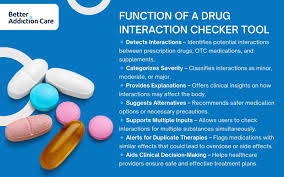
Here’s the thing—most patients don’t have time to memorize which herbs clash with which drugs. That’s why an herb drug interaction checker is so valuable. Think of it as checking the weather before a road trip. A quick look can save you from trouble later.
At www.evaluatemymeds.com, we believe every patient should have access to tools that make medication safety easier. Checking before mixing gabapentin and supplements takes less than a minute, and the peace of mind is priceless.
Wrapping It All Up
So, “Gabapentin is for what?” The answer: for calming nerves that are too loud—whether they’re causing pain, seizures, or restless legs.
But more than that, drug gabapentin is about restoring quality of life. For some, it means sleeping without burning nerve pain. For others, it means fewer seizures and more independence.
By understanding gabapentin uses, knowing the difference between gabapentin 100mg and gabapentin 300mg, and checking for herb medication interactions, you set yourself up for safer, more effective treatment.
Visit www.evaluatemymeds.com for more guides, tools, and support to help you take control of your medications. You know what? Knowledge isn’t just power—it’s peace of mind.
Tips for Taking Gabapentin Safely
Here are some practical steps we share with patients:
-
Keep a journal. Track your symptoms and side effects at gabapentin 100mg and gabapentin 300mg.
-
Be transparent. Tell your doctor about all supplements, herbs, and teas.
-
Use a checker. An herb drug interaction checker can flag risks instantly.
-
Stick to the plan. Don’t skip doses or double up. Consistency matters.
-
Ask questions. Your doctor has heard it all—don’t hesitate.
FAQs About Gabapentin
Doctors hear these questions again and again. Maybe you’ve wondered them yourself:
-
“Can I stop suddenly?” No. Stopping gabapentin cold can cause seizures or withdrawal-like symptoms. Always taper slowly.
-
“Is the drug gabapentin addictive?” Not in the traditional opioid sense, but misuse can cause dependence.
-
“How long does it take to work?” For nerve pain, weeks. For seizures, sometimes sooner.
-
“Can I drive on it?” Not until you know how your body responds.
-
“What about supplements?” Always check for herb medication interactions first.
For more answers, see our Medication FAQ Hub.
External Links:
Internal Link:
-
Drug-Herb Interaction Tool: https://evaluatemymeds.com/
-
Safety Article: https://evaluatemymeds.com/index.php/blog/








